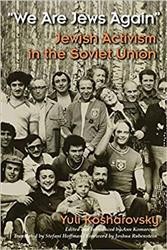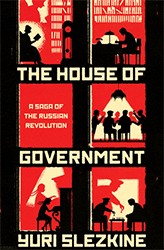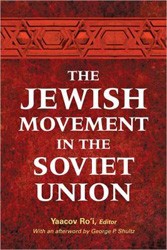Any study of the Minsk ghetto is fascinating. Unfortunately, there have been too few studies of this revealing sliver of life in the history of the Holocaust.
Barbara Epstein asks a serious question, a question that is in many ways unique to Minsk. How is it that in Minsk Jews and Socialists were able to collaborate, and was that cooperation the recipe that saved so many Jews of Minsk?
In Minsk, the Jewish leadership of the ghetto resistance and the ghetto were, in many ways, cut from the same cloth as the Socialists who were part of the underground fighting the Nazis outside the ghetto.
The author was blessed with a set of remarkable translators who also served as her guides and researchers. Because of their efforts on her behalf Epstein is able to prove that, in many cases, the leaders of the Socialist underground and the Jewish leaders were friends. Belarus is not a very easy place to negotiate but Epstein was given remarkable access and spoken to with tremendous frankness even now, so many years after the War.
Using a powerful series of interviews combined with the information she collected, Epstein reveals that before World War II, few Minsk townspeople differentiated between Jews and non-Jews. The people of Minsk went to school together, worked together, and shared in each other’s family events. They lived as neighbors and there was little tension in the years leading up to the War. Barbara Epstein argues that it followed naturally that the groups would work in collaboration during the War.
Epstein’s book sheds light on some of the nuances and complexities that made the Holocaust what it was. It is a testament to the greatness of people who stood up against evil.





